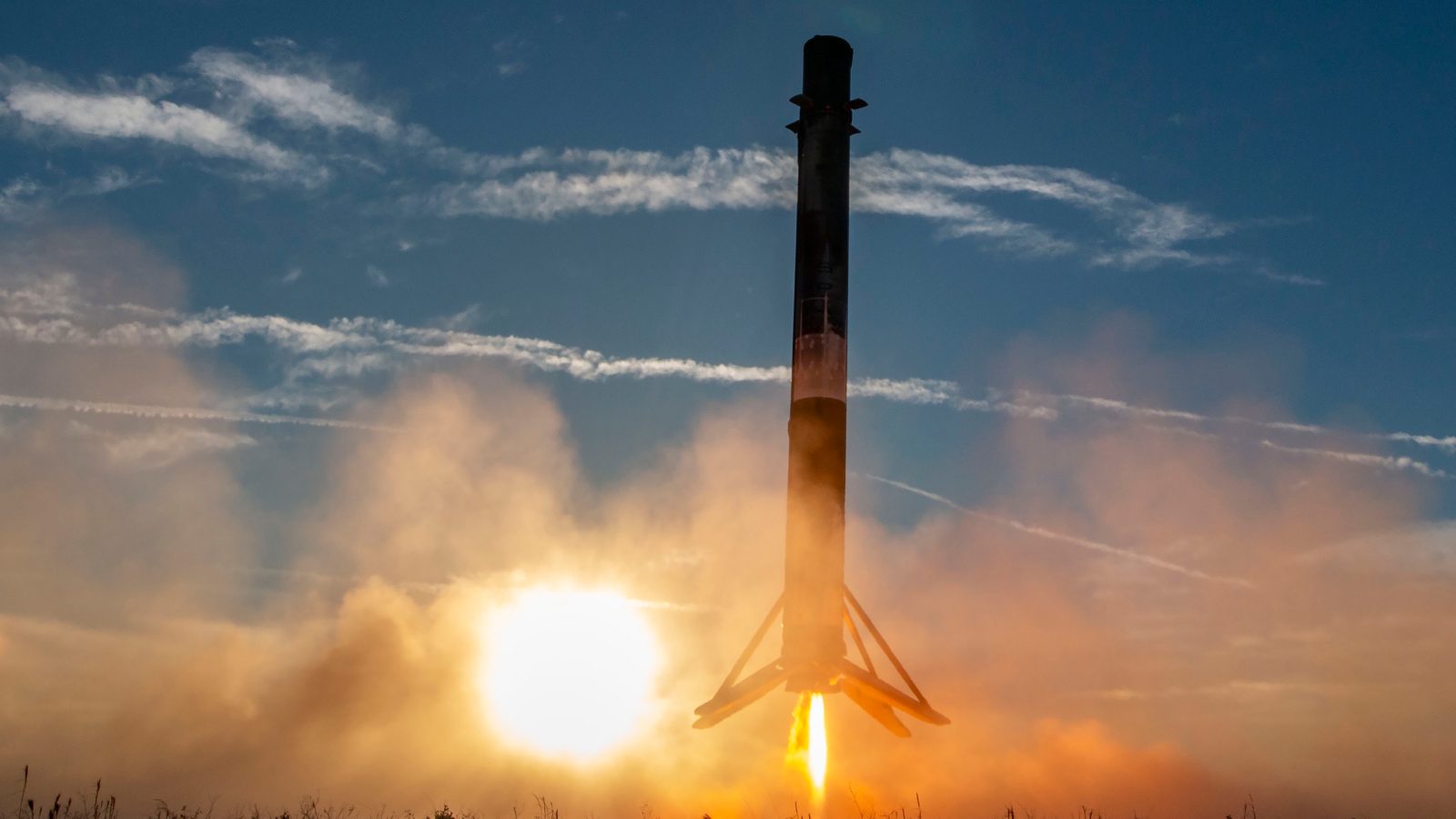
Over the last few weeks, SpaceX has hit the major 20 flight milestone on not one but three separate boosters. The company is moving on and hoping to now get way more launches out of what was supposed to be a ten flight limit.
Three boosters reach 20 flight milestone
Over a span of a few weeks SpaceX gained three boosters to reach the 20 flight milestone, B1060, B1061, and then B1062. What was once thought to be well beyond the useful lifespan of the rocket has now become the benchmark for what Falcon 9 boosters should be capable of achieving.
B1062 was the first rocket booster to obtain the 20-flight-mark. On April 12, it launched a batch of Starlink v2 mini satellites, marking a relatively unexciting launch except for the added uncertainty of its survival. However, the rocket performed as well as any other rocket booster, landing on a droneship with pinpoint accuracy.
The second booster to reach this milestone was B1060, which achieved it on its final mission. The payload were two Galileo satellites, the European version of GPS. These satellites were originally slated to fly on a Soyuz rocket but ESA parted ties with Russia post its Ukraine invasion so they were moved to fly on an Ariane 6 rocket. However delays to Ariane 6 forced the ESA to move them to an American rocket, showing that SpaceX is not just a workhorse for the US but for the entire globe.
Due to the performance needed to get the two satellites into a medium Earth orbit, SpaceX did not attempt a recovery of B1060. The company’s first throwaway of a Falcon 9 rocket since November 2022.
That leaves us with B1061 as the most recent, but certainly not the last, Falcon booster to fly 20 times. It too launched commercial payloads, specifically two WorldView Legion satellites for Maxar. The booster featured an RTLS landing back at LZ-4 in California after launch and in the process of getting refurbished for another launch.
All three of these boosters began flying in 2020, almost five years for some of them. According to IATA, the average age of commercial aircraft is about 11 and a half years, so when Elon Musk talked about getting Falcon 9 up to airplane numbers, the age of the booster might be the closest.
SpaceX is now looking at a 40 launch limit
When SpaceX first began reflying its Falcon 9 boosters Musk stated the goal was to refly each booster 10 times. A feat that back then was believed to be impossible. However, not long after boosters began approaching that 10 flight limit, the number was pushed to 20 flights.
With continued success and many boosters in the teens of flights, SpaceX is once again doubling its flight goals. After the flight of Europe’s new Galileo satellites, SpaceX shared that it will be qualifying its fleet of Falcon 9 boosters to fly as many as 40 flights in their lifespans.
So what might be the limit of Falcon 9’s reuse? Musk has stated in the past that they plan to fly them until something breaks and so far we haven’t seen any happen yet. The refurbishing process is somewhat shrouded in mystery, so we don’t know precisely how much work is involved in preparing them for flight. However, some turnaround dates have become quite quick so it can’t be too much work.
I guess the only way of knowing when one breaks is by tuning into those missions with life-leading boosters, just to see if something happens.
FTC: We use income earning auto affiliate links. More.




Comments